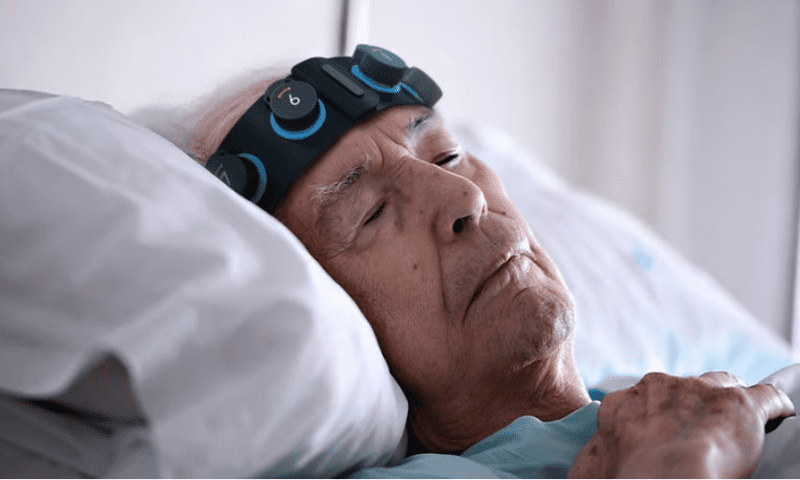In a ringing endorsement for its cloud-based, artificial intelligence-powered EEG headset, Ceribell has nearly doubled its series C financing after initially closing the round over a year ago.
The latest tranche, which the Silicon Valley startup announced this week, adds $50 million to its coffers. It builds on the existing pool of $53 million in series C funds that Ceribell touted in the spring of 2021.
The latest addition was led by new investor Ally Bridge Group, while some of the company’s existing shareholders also chimed in. Ceribell didn’t disclose the exact makeup of that group, but previous investors in the company include Longitude Capital and the Rise Fund, which co-led the first series C tranche, as well as UCB, LivaNova and more.
To date, Ceribell has raised more than $150 million since its 2014 founding.
The series C add-on will go toward expanding the reach of Ceribell’s EEG headset in emergency rooms and intensive care units, while also helping to fund the continued development of the technology for use in a range of neurological conditions.
Currently, the system has been cleared by the FDA only for use in helping to diagnose suspected seizures. It centers on a band equipped with 10 electrodes that wraps around a patient’s head to monitor brain activity.
The collected readings are automatically transmitted to a connected handset, where neurological activity is translated into sound—much like a stethoscope for the brain—and embedded AI algorithms can automatically detect suspected seizures and alert healthcare providers accordingly. The EEG readings are also sent in real time to an online portal, allowing doctors to monitor their patients from afar.
The entire system takes just about five minutes to set up, and seizure detection can begin immediately afterward.
Studies of the technology have shown that it can detect status epilepticus—in which a patient experiences either a seizure lasting longer than five minutes or multiple seizures within a five-minute period—with 100% sensitivity and 89% specificity. Overall, combining the Ceribell system with clinical judgment brought diagnostic accuracy to 90%, up from the 65% achieved when relying on clinical judgment alone.
Moving forward, Ceribell is planning to expand the device’s abilities to monitor the brain for other neurological conditions beyond seizure.
For one, it has already taken steps to apply the EEG technology to help diagnose delirium, also known as acute brain failure. That indication received the FDA’s breakthrough device designation earlier this month, recognizing its potential as an accelerated alternative to the current standard for diagnosing delirium, which typically requires a nurse or doctor to perform bedside assessments every four to 12 hours and often goes overlooked or misdiagnosed.

